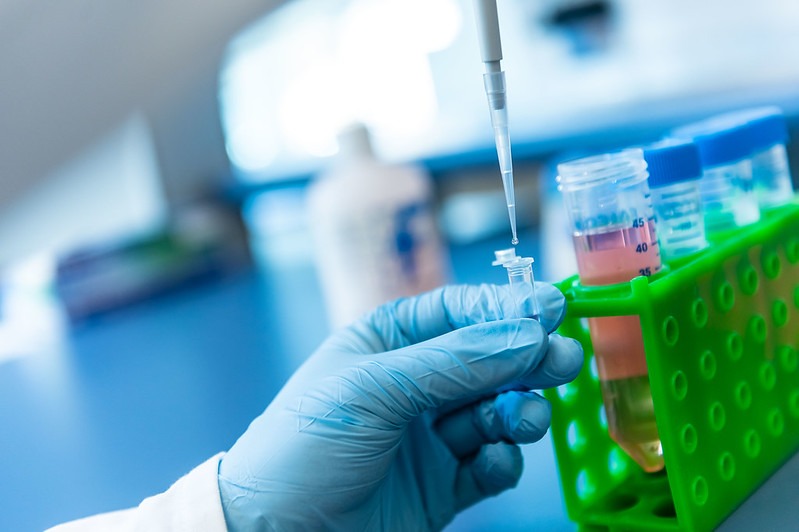Lab Team

Steven Hallam
Professor
add
Profile
CONTACT

Andras Szeitz
PhD Student
add
Profile
CONTACT

Angelica Aguirre
Project Manager, Hallam Lab
add
Profile
CONTACT

Beth Davenport
PhD Candidate
add
Profile
CONTACT

Isobel McLean
Research Technician, Hallam Lab
add
Profile
CONTACT

Juan Santana
PhD Candidate
add
Profile
CONTACT

Julia Anstett
PhD Candidate
add
Profile
CONTACT

Kalen Dofher
PhD Candidate
add
Profile
CONTACT

Leah Fulton
PhD Student
add
Profile
CONTACT

Nannaphat Sukkasam
Postdoctoral Fellow, Hallam Lab
add
Profile
CONTACT

Nicholas Lin
Postdoctoral Fellow, Hallam Lab
add
Profile
CONTACT

Resmi Capron
Network Coordinator, Hallam Lab
add
Profile
CONTACT

Ryan Mclaughlin
PhD Candidate
add
Profile
CONTACT

